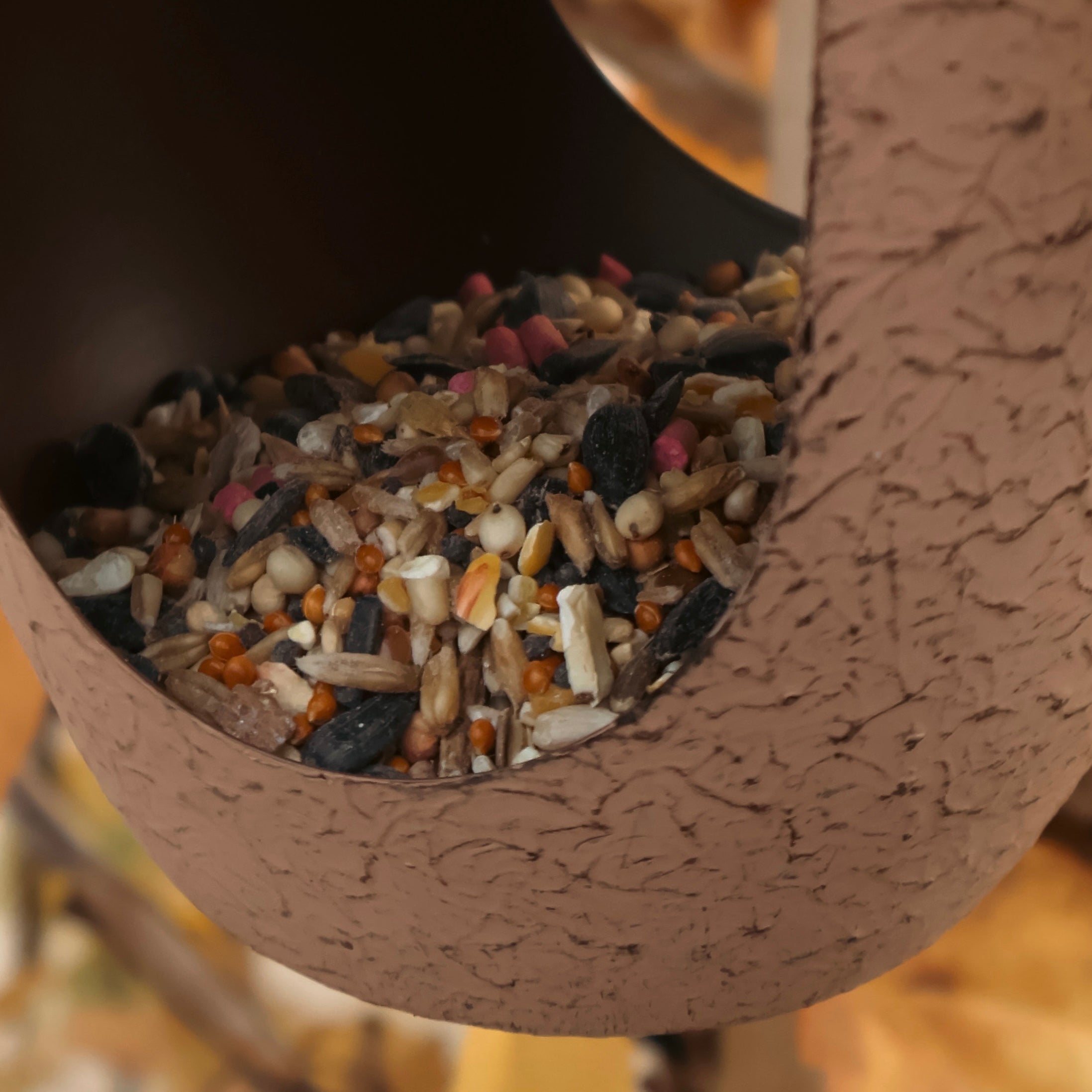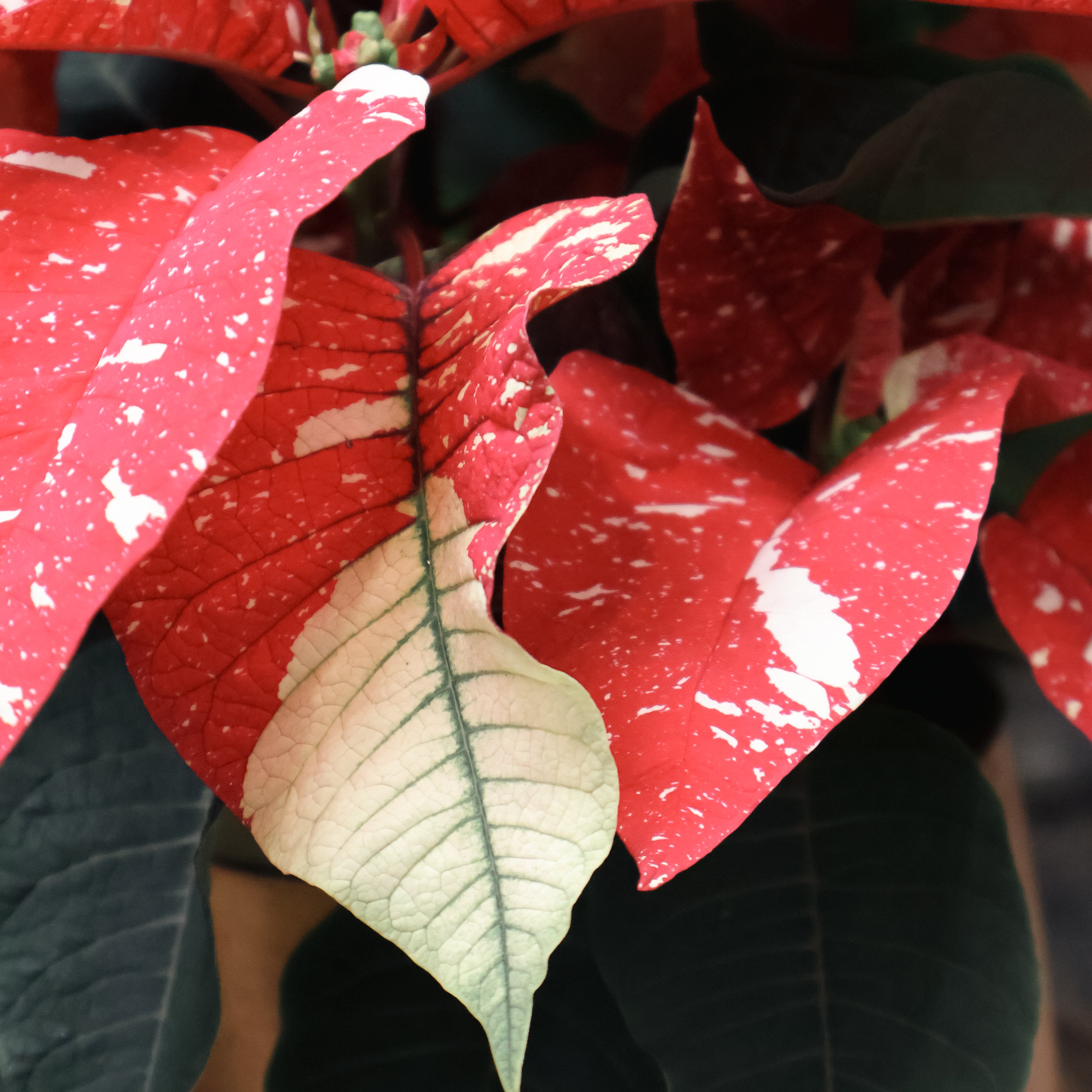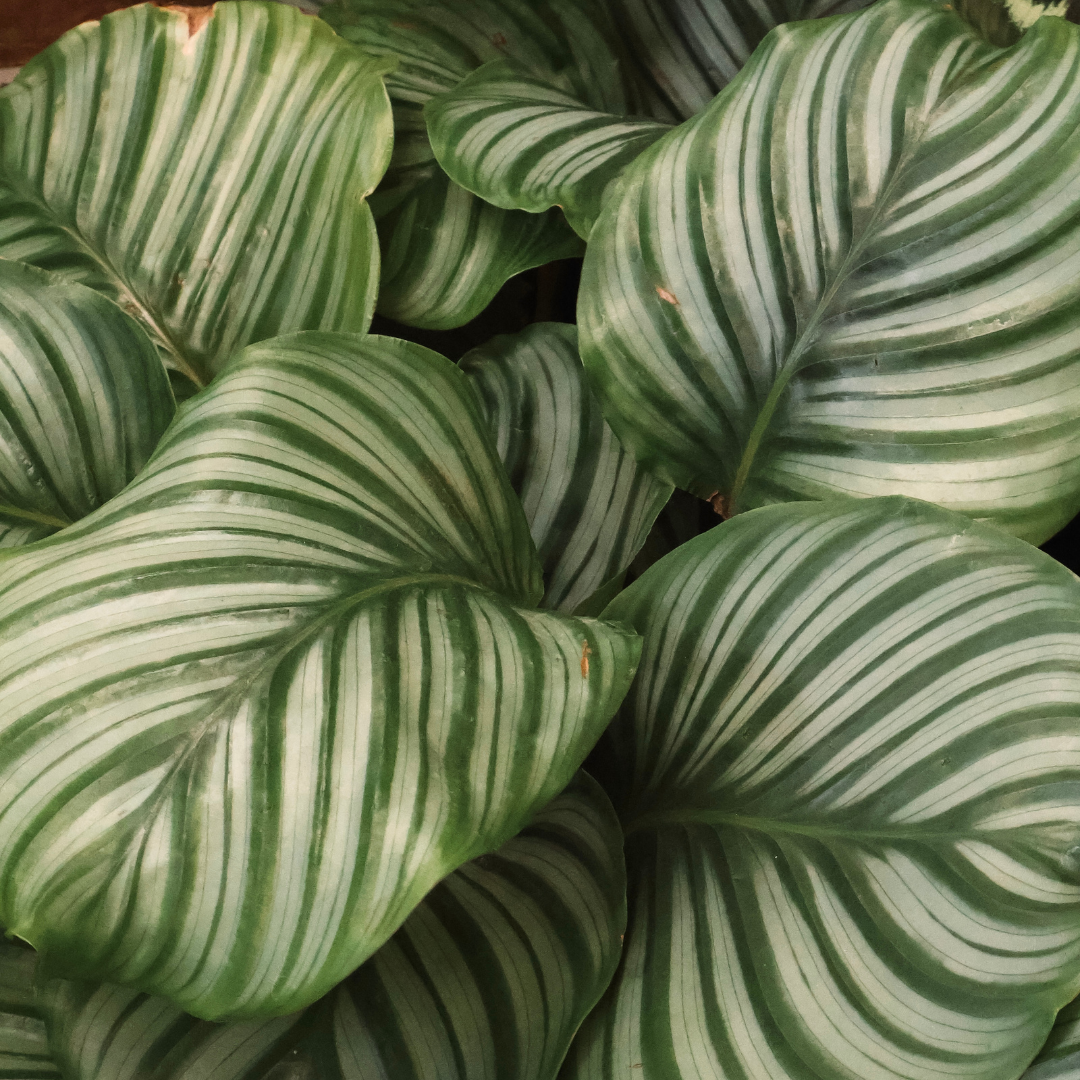Winter-Friendly Plants to Help Wildlife in Your Garden

As winter sets in across the the country, it’s easy to forget that our gardens are still alive with activity. While many animals go into hibernation, others rely on the plants in our gardens for food and shelter during the cold months. By choosing the right plants, you can provide valuable resources for birds, insects, and small mammals, helping them survive the harsh winter months.
In this blog, we’ll explore some of the best winter-friendly plants to support wildlife in your garden during the colder season. Whether you’re looking to provide food, shelter, or nesting spots, these plants are perfect for making your garden a haven for wildlife.
1. Holly (Ilex aquifolium)
Holly is a quintessential winter plant in the UK, often seen in traditional Christmas decorations. Its glossy evergreen leaves and bright red berries provide both shelter and food for wildlife. The berries are especially valuable to birds, such as thrushes, blackbirds, and waxwings, who feed on them throughout the winter. The dense foliage also offers shelter for small mammals and birds, especially during cold spells or snow.
- Wildlife benefits: Berries for birds; dense foliage for shelter.
- Planting tip: Prefers well-drained soil in full sun or partial shade.
2. Winterberry Holly (Ilex verticillata)
Winterberry holly is a great addition to your garden if you want to provide a food source for birds in winter. While native to North America, it’s hardy in the UK and produces bright red berries that last throughout the winter months. Birds like blackbirds, redwings, and fieldfares are particularly fond of the berries.
- Wildlife benefits: Berries for birds.
- Planting tip: Grows well in moist, well-drained soil, and full sun or partial shade.
3. Cornus (Dogwood)
Dogwood, particularly Red-Twig Dogwood (Cornus sericea), is known for its vibrant red stems that brighten up the winter landscape. In addition to its winter beauty, it produces small berries that provide food for birds like robins and thrushes. Dogwoods also create dense, bushy areas that provide shelter for small mammals, such as hedgehogs and rabbits.
- Wildlife benefits: Berries for birds; cover for small mammals.
- Planting tip: Prefers moist, well-drained soil and full sun or partial shade.
4. Rowan (Sorbus aucuparia)
Commonly known as mountain ash, the rowan tree is a small to medium-sized deciduous tree that produces clusters of red berries in autumn, which often persist into winter. These berries are a vital food source for birds like redwings, fieldfares, and starlings. Additionally, the rowan provides shelter for birds and small mammals with its dense branches.
- Wildlife benefits: Berries for birds; shelter for small animals.
- Planting tip: Thrives in well-drained soil and full sun to partial shade.
5. Ivy (Hedera helix)
Ivy is a versatile evergreen plant that provides year-round benefits for wildlife. In winter, it produces dark blue-black berries that are a valuable food source for birds like wood pigeons, blackbirds, and thrushes. Ivy also offers shelter and nesting sites for a wide variety of animals, including birds, insects, and small mammals.
- Wildlife benefits: Berries for birds; cover for mammals and birds.
- Planting tip: Grows well in both sunny and shaded areas and prefers well-drained soil.
6. Honeysuckle (Lonicera periclymenum)
Honeysuckle is a climbing shrub that’s not only beautiful in spring and summer but also supports wildlife through the winter months. While it doesn’t produce berries in winter, the dried seed pods provide food for birds, such as long-tailed tits and goldfinches. Honeysuckle also offers valuable shelter and nesting opportunities for birds and small mammals.
- Wildlife benefits: Seeds for birds; shelter for small animals.
- Planting tip: Thrives in moist, well-drained soil and prefers full sun or partial shade.
7. Thorny Shrubs (Blackthorn & Hawthorn)
Blackthorn (Prunus spinosa) and hawthorn (Crataegus monogyna) are excellent plants for winter wildlife. Both produce small, dense berries that birds will eat throughout the winter months, and their thorny branches offer natural protection from predators. Additionally, hawthorn can serve as a nesting site for birds, and both shrubs provide shelter for small mammals.
- Wildlife benefits: Berries for birds; shelter for small animals.
- Planting tip: Grow in well-drained soil, and both plants tolerate full sun to partial shade.
Providing food, shelter, and nesting spaces for wildlife in the winter months is essential for supporting local ecosystems. By planting a mix of native and winter-hardy plants, you can help sustain a wide range of birds, small mammals, and insects through the colder season. Whether you choose berry-producing shrubs like Holly and Rowan, or evergreen plants like Ivy, your garden can become a crucial resource for wildlife during the winter months.
So, why not make your garden a winter sanctuary for wildlife? With a little planning and the right plant choices, you’ll not only enjoy the beauty of your garden year-round, but you’ll also be helping the creatures that call it home survive the chill of winter.
Happy planting, and may your garden become a thriving winter haven!




